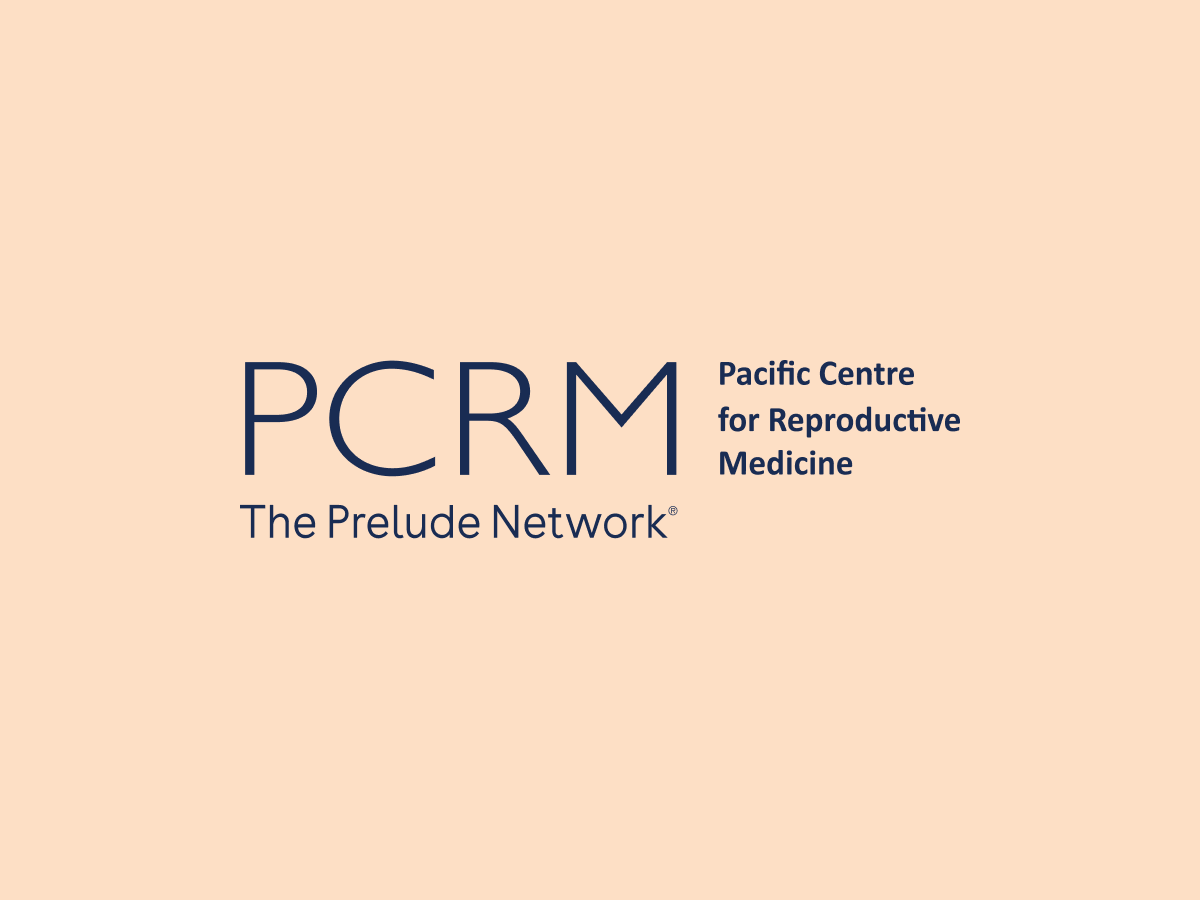![]() December 16, 2025
December 16, 2025Surrogacy as a Path to Parenthood: Understanding Gestational Surrogacy with PCRM
At the Pacific Centre for Reproductive Medicine (PCRM), we believe that there are many roads to building a family. For some, gestational surrogacy offers a …
Read more![]() December 11, 2025
December 11, 2025PCRM Edmonton Welcomes New Patient Consults with Dr. Nneka Morah
PCRM is pleased to announce that beginning in December 2025, Dr. Nneka Morah will begin accepting new patient consults remotely for PCRM Edmonton. This …
Read more![]() November 25, 2025
November 25, 2025What Is Egg Freezing and How Does It Work?
For many women, planning a family doesn’t always align with the traditional biological timeline. Whether you’re focusing on your career, haven’t met the right …
Read more![]() November 18, 2025
November 18, 2025When Is the Best Time to Freeze Your Eggs?
Fertility isn’t just about if you can have children; it’s also about when. As more women take proactive steps to preserve their fertility, a common question …
Read more![]() November 11, 2025
November 11, 2025How to Prepare for Your Egg Freezing Journey
Choosing to freeze your eggs is a meaningful decision — one rooted in empowerment, planning, and self-awareness. Whether you’re considering egg freezing soon …
Read more![]() October 31, 2025
October 31, 2025IVF Medications: What They Are and How They Work
Going through an IVF cycle involves more than just lab work and procedures — fertility medications are central to every stage. Understanding what medications …
Read more![]() October 28, 2025
October 28, 2025IUI Costs in British Columbia: What Patients Should Know
Intrauterine insemination (IUI) is often one of the first fertility treatment options patients consider. Understanding what it involves, what drives the cost, …
Read more![]() October 23, 2025
October 23, 2025Understanding Fertility Treatment Costs in British Columbia
Fertility treatments, especially in vitro fertilization (IVF), can represent a significant financial investment. In British Columbia, costs vary widely …
Read more![]() September 30, 2025
September 30, 2025Why Sleep Is Key for Fertility
At PCRM, we emphasize a holistic approach because fertility isn’t just about hormonal panels and ultrasounds, your sleep matters too. Emerging research shows …
Read more
Categories
About the PCRM Blog
Welcome to the Pacific Fertility Centre for Reproductive Medicine Blog! Nationally and internationally recognized for providing exceptional reproductive care, our team believes in empowering people with the knowledge they need to navigate their unique fertility journeys.
From information on the latest fertility treatments to valuable insights on egg donation, surrogacy, and everything in between, the Pacific Centre for Reproductive Medicine Blog is your ultimate resource for all things reproductive care and support. Read on to learn more, and contact us today if you have any questions or want to schedule a new patient appointment.

